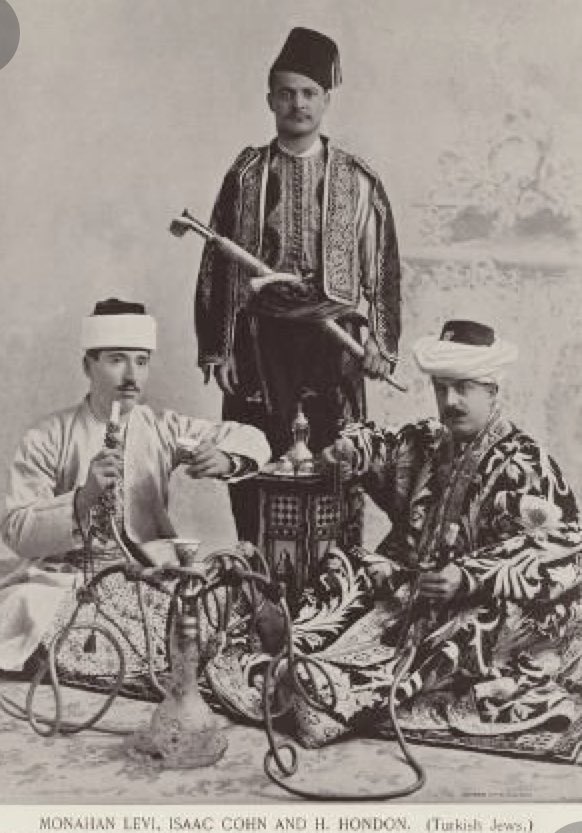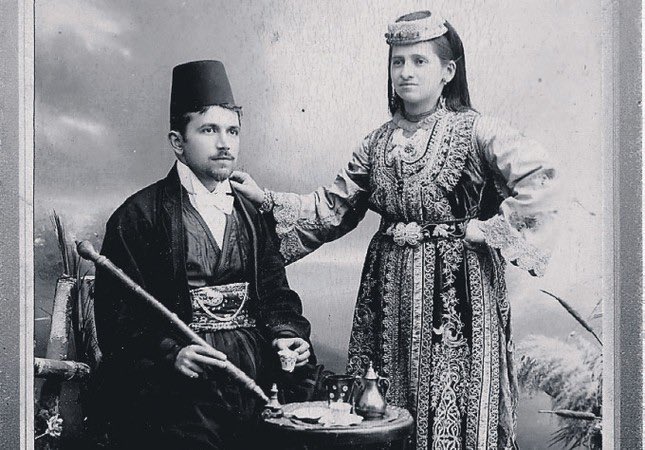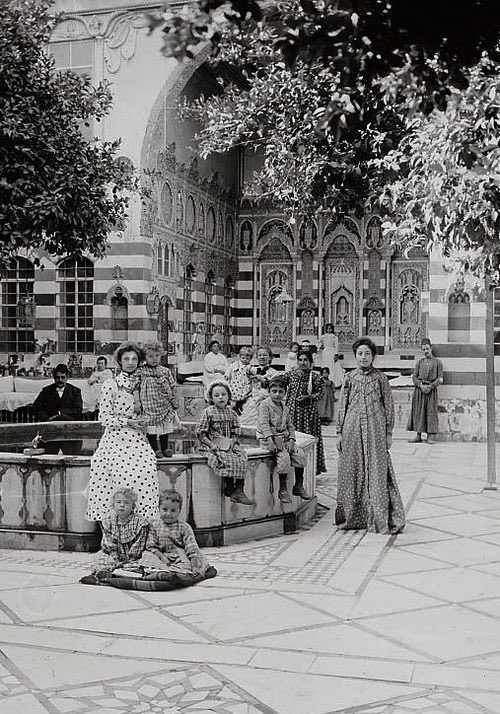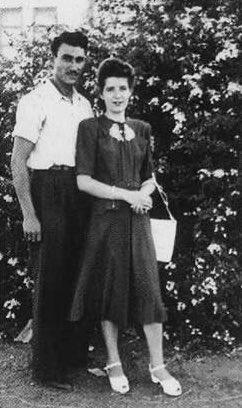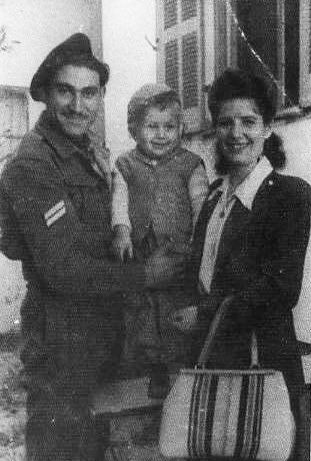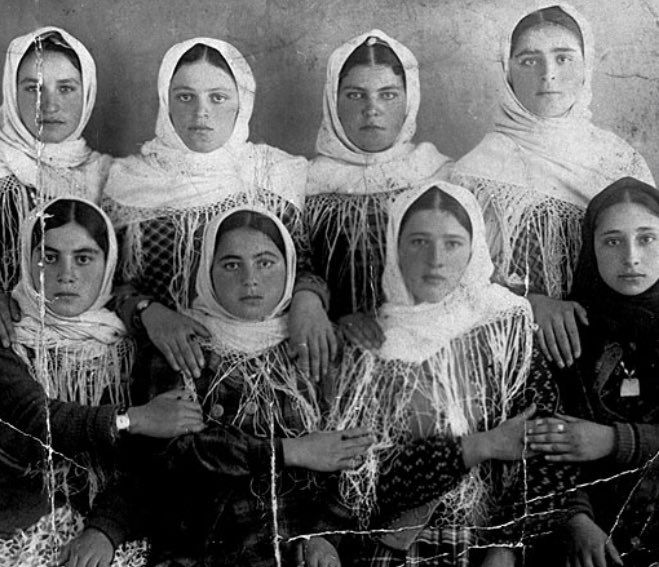
The Jewish community in Turkey is another Jewish community among the oldest in the Middle East. Jews immigrated there as early as 2000 years ago. The community consists of a various groups of Jews: Urfalim, Romaniotes, Ashkenazis and Sephardim.
During the reign of Lydia (an ancient kingdom established in the area) Jews settled and lived there, in the city of Sardis which was the capital of the kingdom, a synagogue from the 4th century BC (about 2300 years ago) has been discovered.
In the city of Urfa there was a Jewish community that was founded 2500 years ago as most of the Jews were descendants of Levi tribe.
Under the Byzantine Empire the Jews were forbidden to build synagogues and they were in a very low class. When the region was conquered by the Ottoman Empire, the Jews felt as if the Ottomans were their saviors. They were able to pray and build synagogues back again.
The Ottoman sultan also issued a statement that Jews should be treated in a dignified manner and welcomed Jewish refugees in Turkey (mainly from Spain after their expulsion and granted them Ottoman citizenship).
The Jews at that time were mainly Romaniote Jews, mixed with the Ashkenazi and Sephardic populations.
The Ottoman rule was a golden age for the Jews, where they prospered in business, in developments and became very good friends of the Turks.
The Ottoman rule was a golden age for the Jews, where they prospered in business, in developments and became very good friends of the Turks.
In the 16th-17th century the Jewish community was the most flourishing Jewish community in the entire Middle East, with a large number of Jews, freedom of religion and reaching high classes in the medical and government services.
But in the 18th-19th century the situation of the Jews under the Ottoman Empire in Turkey began to deteriorate due to the fact that they gradually began to lose their respectable positions and that there were divisions between loyalty to the Ottomans or to Zionism.
In 1934 a pogrom was committed against the Jews, whose essence was vandalism of Jewish homes and their shops, about 15,000 Jews fled.
In 1942 a tax law was enacted against non-Muslims that greatly appealed to the Jews. Which caused 30,000 Jews to emigrate from Turkey.
In 1942 a tax law was enacted against non-Muslims that greatly appealed to the Jews. Which caused 30,000 Jews to emigrate from Turkey.
Following Zionism and the establishment of Israel, 40% of Turkish Jewry immigrated to Israel within 3 years of its establishment.
In 1949 despite the immigration of Jews to Israel, 10% of the immigrants returned to Turkey.
In 1949 despite the immigration of Jews to Israel, 10% of the immigrants returned to Turkey.
Today in Israel there’s a community of almost 300,000 Turkish Jews who still preserve Turkish culture.
Unlike other communities in the Middle East where Jews were forcibly expelled and communities became extinct, Turkey still maintains a Jewish community of about 20,000 people.
Unlike other communities in the Middle East where Jews were forcibly expelled and communities became extinct, Turkey still maintains a Jewish community of about 20,000 people.
• • •
Missing some Tweet in this thread? You can try to
force a refresh
